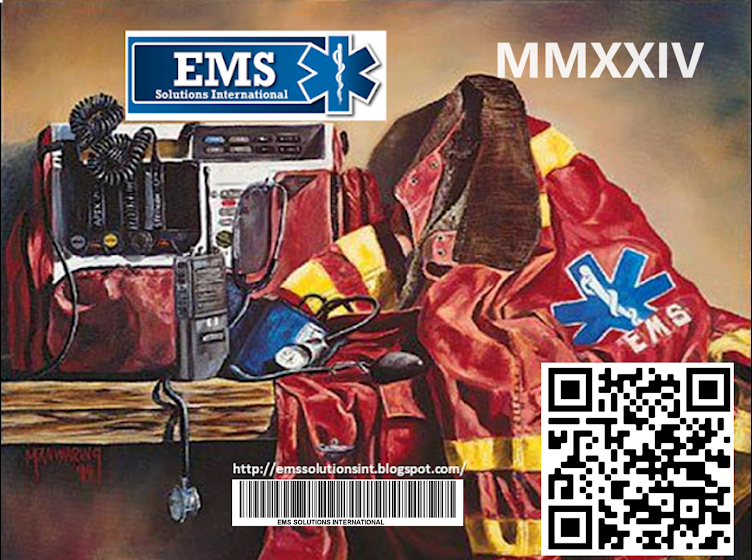La exposición crónica a niveles bajos de plomo, cadmio y arsénico a través de artículos domésticos de uso común, aire, agua, suelo y alimentos está asociada con un mayor riesgo de enfermedad cardiovascular, según una nueva declaración científica de la American Heart Association publicada hoy.
Los factores de riesgo tradicionales y los mecanismos biológicos definen de forma incompleta el riesgo aterosclerótico. La cardiología ambiental reconoce que la exposición a contaminantes, incluidos los metales contaminantes, constituye un componente importante y modificable del riesgo de enfermedad cardiovascular.
Esta declaración prioriza tres metales omnipresentes en el medio ambiente con evidencia actual que los vincula con la toxicidad cardiovascular: plomo, cadmio y arsénico.
Los estudios experimentales in vivo e in vitro muestran que la exposición a metales altera las vías biológicas con funciones compartidas en la regulación de las funciones cardíacas y vasculares, incluida la función del endotelio vascular, la inflamación crónica, el estrés oxidativo, los efectos epigenéticos y otros efectos cardiotóxicos.
El campo de la cardiología ambiental identifica la exposición a contaminantes, incluidos los metales contaminantes, como riesgos modificables de enfermedad cardiovascular. Lee el comunicado completo: http://spr.ly/6047OaV9x
Chronic exposure to low levels of lead, cadmium and arsenic through commonly used household items, air, water, soil and food is associated with an increased risk of cardiovascular disease, according to a new American Heart Association scientific statement published today.
Traditional risk factors and biological mechanisms incompletely define atherosclerotic risk. Environmental cardiology recognizes that exposure to pollutants, including contaminant metals, constitutes an important, modifiable component of cardiovascular disease risk.
This statement prioritizes three environmentally ubiquitous metals with current evidence linking them to cardiovascular toxicity: lead, cadmium, and arsenic.
Experimental studies in vivo and in vitro show that metal exposure alters biological pathways with shared roles in the regulation of cardiac and vascular functions, including vascular endothelial function, chronic inflammation, oxidative stress, epigenetic effects, and other cardiotoxic effects.
The field of environmental cardiology identifies exposure to pollutants, including contaminant metals, as modifiable risks for cardiovascular disease. Read the full statement:








.png)






.jpeg)

